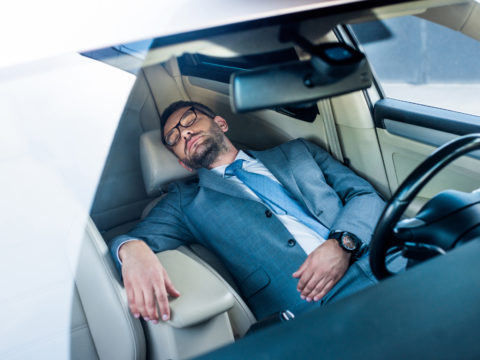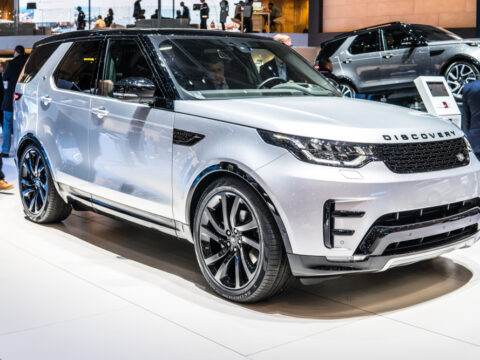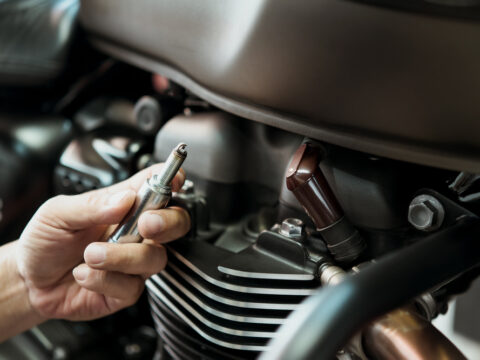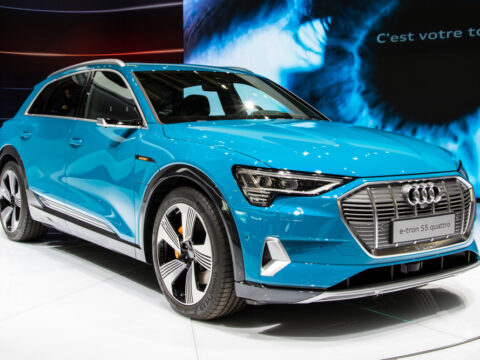Owning a convertible car comes with a unique sense of freedom and style, but it’s not without its challenges. While the open-air driving experience is a major selling point, there are several potential problems that convertible owners should be aware of. From mechanical issues with the roof to increased exposure to the elements, these vehicles require a bit more attention than traditional hardtops. It’s essential to understand these issues before committing to ensure the joy of owning a convertible isn’t overshadowed by unexpected setbacks.
Convertible cars, with their sleek design and fun appeal, often demand extra care to maintain their performance and appearance. Issues like sun damage, leaky roofs, and wind noise can turn the dream of driving with the top down into a hassle if not properly addressed. Regular maintenance and a keen awareness of common convertible-specific problems are key to keeping your car in top shape. By knowing what to expect and how to prevent these challenges, you can enjoy the thrill of a convertible without the headaches.
Contents
Sun Damage

Convertible cars, with their open roofs, expose the interior and exterior to excessive sunlight, which can cause significant sun damage over time. The UV rays can fade the upholstery, dashboards, and even the paint, leading to expensive repairs or replacements. The constant exposure can also cause the material of the roof to deteriorate more quickly than a hardtop vehicle. Regular maintenance, such as using UV protectants for interiors and parking in shaded areas, is essential to prolong the lifespan of your convertible. Owners should be mindful of sun exposure and take precautions to avoid costly repairs.
Wind Noise

Wind noise is a common issue in convertibles, as the lack of a fixed roof structure allows more airflow into the cabin. This can make conversations difficult and create a less comfortable driving experience, particularly at higher speeds. Over time, seals and weather stripping can wear out, exacerbating the noise. Regular inspections and maintenance of these seals, as well as ensuring the roof mechanism is functioning correctly, can help mitigate this issue. Being aware of this potential problem is crucial for convertible owners who want to maintain a smooth and enjoyable ride.
Leaky Roofs

Leaky roofs are a frequent problem in convertibles, especially as they age. The soft-top material, seams, and seals around windows can deteriorate or become misaligned, leading to water entering the cabin during rain or when washing the car. This not only causes discomfort but can also lead to mold growth and damage to the interior. Regularly checking for weak points and resealing areas prone to leaks can help prevent this. Convertible owners need to be proactive about addressing leaks to protect both the vehicle and their comfort.
Mechanical Failures

The complex mechanisms that operate the convertible roof are prone to mechanical failures if not properly maintained. Whether it’s an electric or manual system, over time, components like motors, hinges, or hydraulic systems can malfunction, rendering the roof inoperable. Routine checks and timely repairs are essential to ensure the convertible top opens and closes smoothly without causing further damage. Neglecting the maintenance of these systems can result in costly repairs and an unusable roof during bad weather or when driving conditions change.
Limited Trunk Space

Convertibles often sacrifice trunk space to accommodate the folding roof mechanism. This limitation can make road trips or daily errands less convenient, as there may be little room for luggage or groceries. Understanding this constraint before purchasing a convertible is important for buyers who require more cargo capacity. Convertible owners should plan and explore creative storage solutions, such as using backseat space or investing in external carriers while keeping in mind the overall limitations.
Security Concerns

The soft-top roof of most convertibles presents a greater security risk than hardtop vehicles. These tops are more vulnerable to break-ins, as thieves can easily cut through the material to gain access to the vehicle. Convertible owners should be extra cautious, parking in well-lit, secure areas and using advanced security systems to protect their cars. Being aware of these risks is crucial for convertible drivers, as the potential for theft or vandalism is heightened when the car’s roof does not provide the same level of protection as a standard vehicle.
Weather Vulnerability

Convertibles are inherently more vulnerable to weather conditions, especially when it comes to sudden rainstorms or extreme temperatures. While many convertibles are equipped with quick-folding tops, getting caught in a downpour or exposing the interior to extreme heat can cause lasting damage to the car’s upholstery and electronics. Regular weatherproofing, including conditioning the roof material and using covers when parked outside, can help mitigate the risks. Convertible owners need to be vigilant about weather changes and maintain their vehicles accordingly to avoid weather-related damage.
Higher Insurance Costs

Due to their increased vulnerability to theft, damage, and mechanical issues, convertibles often come with higher insurance premiums. Owners need to factor in these costs when considering purchasing a convertible. The soft-top design makes them more expensive to repair, and insurers recognize the added risks involved. Regular maintenance and installing security features like alarms or tracking systems can help lower insurance costs over time. However, being prepared for the higher financial commitment is important for anyone thinking about owning a convertible.
Reduced Structural Integrity

Convertibles typically lack the rigid roof structure found in standard cars, which can result in reduced structural integrity. This may impact safety in the event of a rollover accident, as the roof provides less protection. Over time, the frame of the car may also experience more wear due to the additional stress of an open-top design. Regular inspections to ensure the vehicle’s frame and safety features are intact are essential. Convertible owners must be aware of this limitation and take extra precautions to keep the car in safe operating condition.
Complicated Maintenance

The unique design and materials used in convertibles often lead to more complicated and expensive maintenance. Soft-top roofs require specific care, and parts related to the convertible mechanism can be harder to find and more costly to repair. Convertible owners should anticipate the need for specialized services and budget accordingly for higher maintenance costs compared to standard vehicles. Keeping up with maintenance schedules and addressing small issues before they escalate is crucial for preserving the functionality of the vehicle.
Lower Resale Value

Convertibles often experience more wear and tear than standard vehicles due to their exposure to the elements and mechanical complexity. This can lead to a lower resale value when compared to similar hardtop models. The condition of the roof, interior sun damage, and the overall state of the convertible top mechanism can significantly impact the car’s market value. Owners need to be mindful of these factors, ensuring regular maintenance to preserve their investment and retain as much value as possible when it comes time to sell or trade in the vehicle.
This article originally appeared on MyCarMakesNoise.
More from MyCarMakesNoise
25 Lightning-Fast 4-Cylinder Cars That Are a Great Value

Four-cylinder engines often conjure images of practical, fuel-efficient vehicles, but they also power some of the most exhilarating performance cars on the market. These engines strike a remarkable balance between everyday usability and thrilling sports car dynamics, proving that great things come in smaller packages. Read More.
17 Common Car-Washing Mistakes That Are Damaging Your Ride

Keeping your car clean is essential, but are you doing it right? Washing your car seems straightforward, but common mistakes can lead to damage and diminish its appearance. Read More.
The 21 Coolest Station Wagons You’ll Want to Drive Home Today

Station wagons aren’t just about practicality, they can be seriously cool, too. The latest models are turning heads and challenging perceptions, from sleek designs and luxurious interiors to powerhouse engines. Read More.














